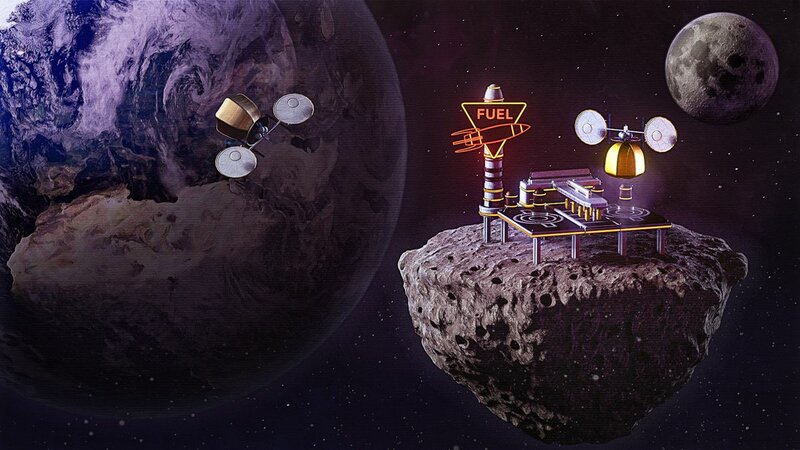In 2006, astronomers with the NASA-backed Catalina Sky Survey in Arizona discovered a peculiar body floating amid the sea of thousands of human-made satellites orbiting our planet. After taking a closer look, they determined that the object wasn't just another piece of space junk. Rather, it was a natural satellite that had been temporarily yanked into a tagalong orbit with the Earth, similar to the moon.
This "minimoon," designated 2006 RH120, was just a few meters in diameter. But unlike the actual moon, this cosmic body was a transient Earth companion, traveling around the planet for only a year before being ejected from our planet's orbit. More than a decade later, scientists with the Catalina Sky Survey spotted another minimoon (2020 CD3) — this one about the size of a small car — roaming through Earth's orbit, before it was flung out of the Earth-moon system's influence in March 2020.
Because of their proximity to Earth, these minimoons have warranted close scientific scrutiny. But more recently, some experts have eyed minimoons and other near-Earth asteroids for a different reason: They have the potential to act as stepping stones in our exploration of the cosmos.



 Space
Space Science
Science NASA
NASA Exploring
Exploring Astronomy
Astronomy


